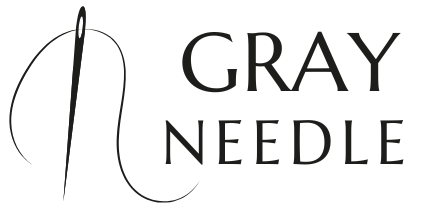For sewing enthusiasts, mastering the art of using a sewing machine can be a game changer. With the right techniques, you can enhance your efficiency and precision, allowing you to create beautiful projects with ease. That’s where quick sewing machine tips come into play!
Whether you are a seasoned sewing expert or just starting out, these tips will help you optimize your time and skills. From adjusting your machine settings to understanding fabrics, every small adjustment can lead to significant improvements in your sewing experience.
Here are a few key areas we will cover:
- Threading your machine correctly to avoid frustrating jams.
- Choosing the right needle for your fabric type.
- Using the right tension settings to ensure even stitching.
With these insights, you can look forward to sewing with more confidence and flair. So, why wait? Visit our website to learn more and get started today! Click here.
Essential Sewing Machine Setup for Speed
To achieve a faster and more efficient sewing experience, setting up your sewing machine properly is crucial. A well-organized workspace and correctly configured machine can drastically reduce the time it takes to complete your projects. Here are some essential tips for optimizing your sewing machine setup for speed:
- Choose the Right Workspace: Ensure your sewing area is well-lit and spacious. A clutter-free workspace will help you move your fabric smoothly without interruptions.
- Position Your Machine: Place your machine at a comfortable height. Ideally, your elbows should be at a 90-degree angle when sewing. This reduces strain and enables you to sew for longer periods without fatigue.
- Keep Essentials Within Reach: Organize your tools, threads, and fabrics close to your machine. Use containers or trays to keep everything accessible, minimizing the time spent searching for items.
- Thread and Bobbin Preparation: Always start with a well-threaded machine and a full bobbin. This simple step ensures you can sew continuously without having to stop and reload.
- Practice Seam Allowances: Familiarize yourself with your machine’s seam allowance markings. Consistent seam allowances will help you sew faster and more accurately, reducing the need for adjustments later.
By implementing these setup strategies, you can create a more efficient sewing environment that promotes speed and creativity. Remember, a well-prepared workspace can make all the difference in your sewing projects!
Choosing the Right Thread and Fabric
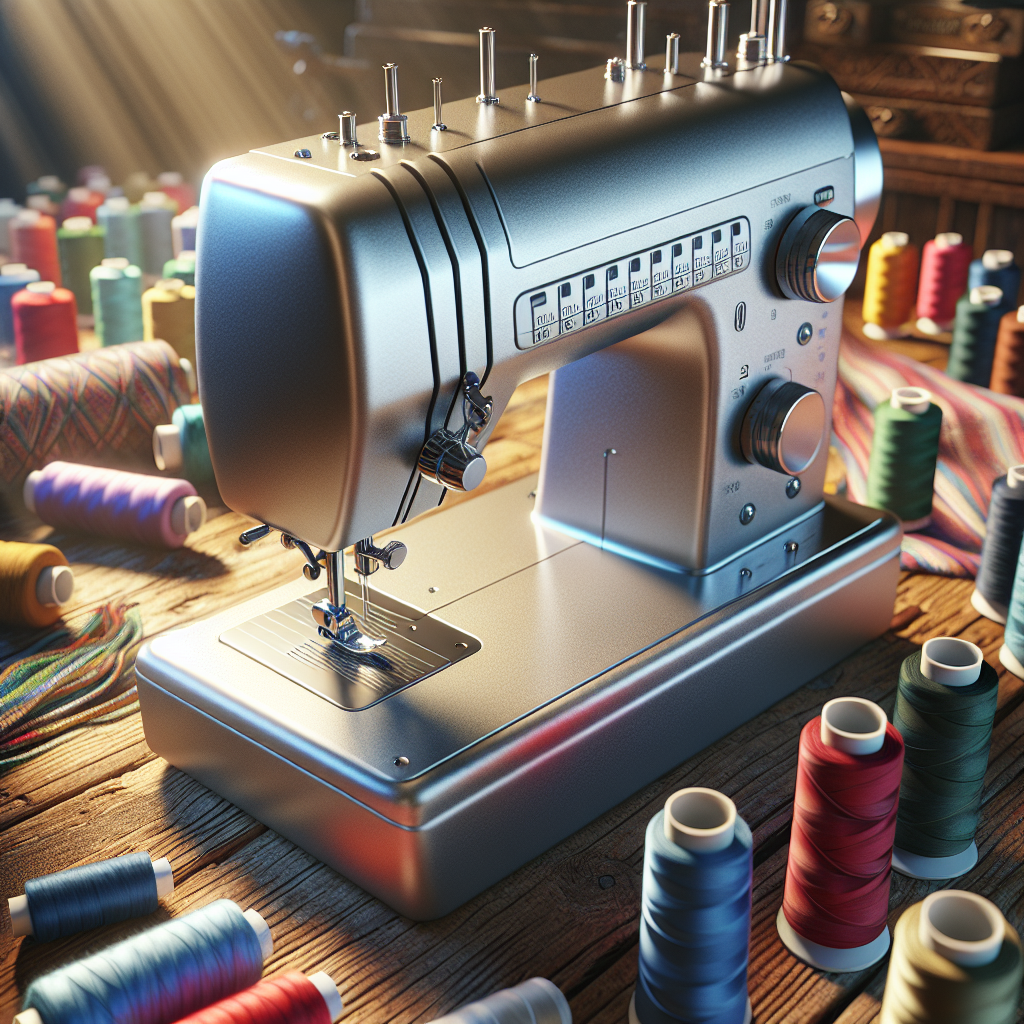
The choice of thread and fabric plays a vital role in the quality and speed of your sewing projects. Selecting the right materials not only enhances the overall look of your work but also ensures that your sewing machine runs smoothly. Here are some key considerations when choosing the right thread and fabric:
- Thread Type: Different projects require different thread types. For general sewing, all-purpose thread is a great choice. If you are working with stretchy fabrics, consider using polyester or cotton-blend threads for greater flexibility.
- Thread Weight: The weight of the thread affects the final appearance of your project. Lighter fabrics benefit from lighter threads, while heavier fabrics require thicker threads to ensure durability and strength.
- Fabric Compatibility: Always consider the type of fabric you are using. Natural fibers like cotton and linen are easy to work with, while synthetic fibers may require specific needles and settings on your machine.
- Color Matching: Selecting the right thread color can elevate your project. Aim for a thread color that closely matches your fabric to create seamless stitches. If you want a pop of color, consider using contrasting thread for decorative stitching.
- Pre-Washing Fabrics: Always pre-wash your fabrics to avoid shrinkage after you have sewn them. This step ensures that your finished project maintains its size and shape over time.
By carefully selecting the appropriate thread and fabric, you can enhance the quality of your sewing projects while also improving your efficiency. A well-matched combination leads to smoother stitching and a more enjoyable sewing experience!
Techniques to Improve Sewing Speed
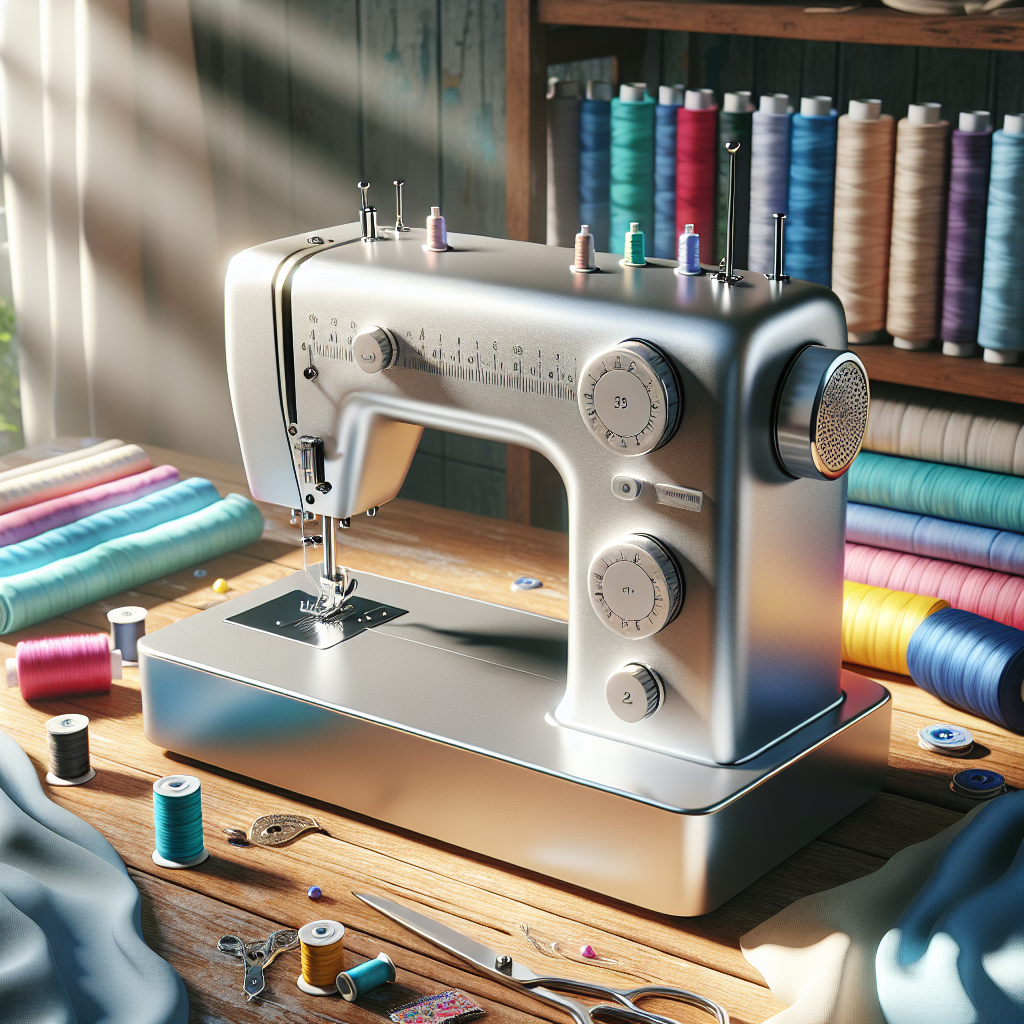
Improving your sewing speed doesn’t just help you finish projects faster; it also allows you to enjoy the creative process without feeling rushed. Here are some effective techniques to enhance your sewing speed:
- Organize Your Workspace: A clutter-free and well-organized sewing area can significantly boost your efficiency. Keep tools and materials within reach, and designate specific spots for your sewing machine, fabric, and threads.
- Plan Ahead: Before you start sewing, take some time to plan your project. Create a detailed list of steps and gather all necessary materials. This preparation minimizes interruptions and helps you stay focused.
- Use a Walking Foot: For projects involving multiple layers or slippery fabrics, a walking foot can help manage the fabric layers more effectively. This tool ensures even feeding, reducing the need for constant adjustments and allowing for faster sewing.
- Practice Chain Stitching: Chain stitching is a technique where you sew multiple pieces of fabric in a continuous line without cutting the thread between each piece. This method saves time on thread cutting and can significantly speed up assembly.
- Adjust Your Machine Settings: Familiarize yourself with your sewing machine’s settings. Adjusting the stitch length and tension can optimize performance for different fabrics, ensuring that you get the best results without slowing down.
- Limit Distractions: Find a quiet space to sew where you can concentrate. Turn off notifications on your devices and consider listening to music or audiobooks to keep your mind engaged without distractions.
Implementing these techniques can lead to a more productive and enjoyable sewing experience. By streamlining your process and minimizing interruptions, you’ll discover that you can sew faster while also achieving better results.
Maintenance Tips for Optimal Performance
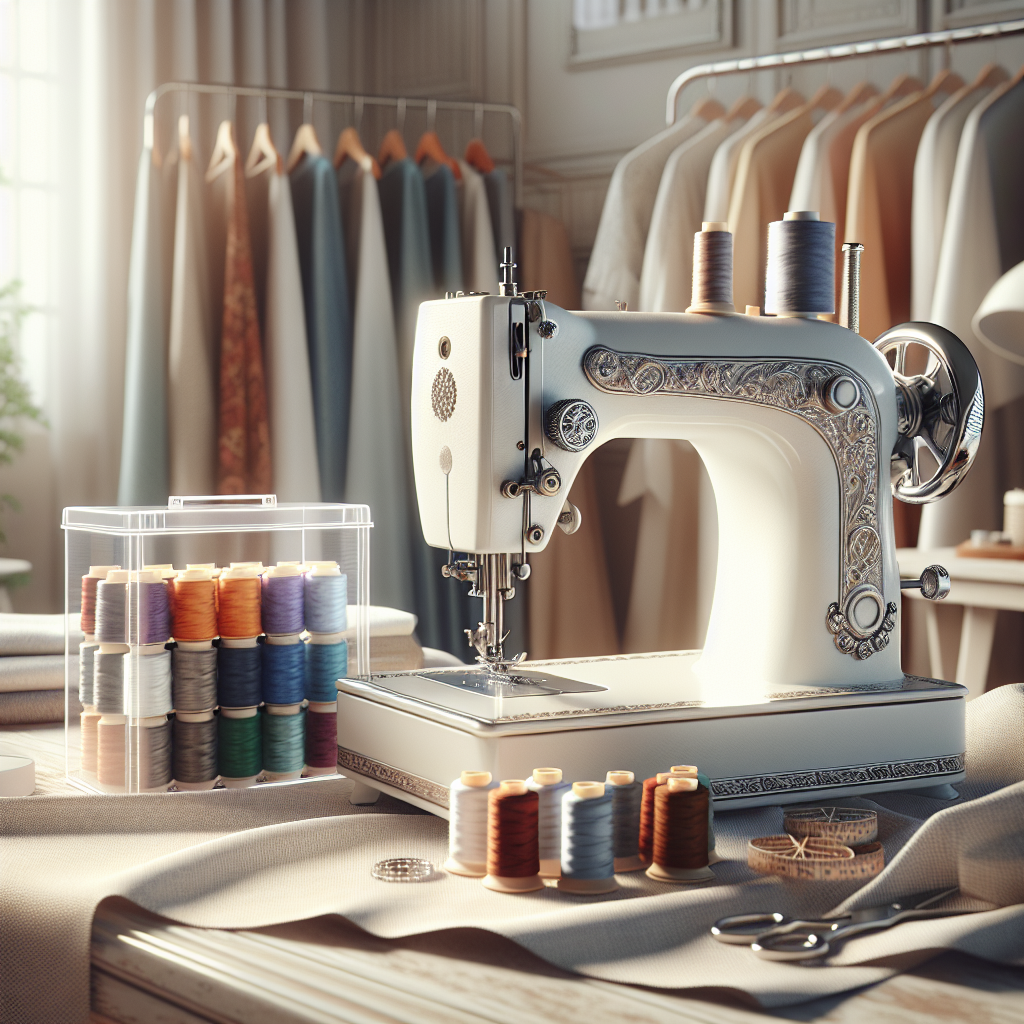
Regular maintenance of your sewing machine is crucial for achieving optimal performance and longevity. By taking care of your machine, you not only ensure smooth operation but also enhance your overall sewing experience. Here are some essential maintenance tips to keep your sewing machine in top shape:
- Clean Your Machine Regularly: Dust and lint can accumulate in your sewing machine, affecting its performance. Make it a habit to clean the machine after every few projects. Use a soft brush to remove debris from the feed dogs and a lint brush for the bobbin area.
- Oil Your Machine: Consult your sewing machine’s manual to determine how often it should be oiled. Regular oiling reduces friction and wear, allowing for smoother sewing. Use only the recommended oil type to prevent damage to the machine.
- Check the Needle: A dull or damaged needle can lead to skipped stitches and uneven sewing. Inspect your needle regularly and replace it as needed. It’s a good practice to change your needle after every few projects or when you switch fabric types.
- Keep the Bobbin Area Clean: The bobbin case can collect dust and thread remnants, which can hinder performance. Remove the bobbin case and clean it thoroughly, ensuring that the tension is also properly adjusted.
- Store Properly: When not in use, cover your sewing machine with a dust cover to protect it from dust and debris. Store it in a stable and dry environment to prevent any moisture-related issues.
- Consult a Professional: If you notice any unusual sounds or performance issues, don’t hesitate to bring your machine to a professional for servicing. Regular check-ups can help identify problems before they become serious.
By implementing these maintenance tips, you can keep your sewing machine running efficiently and enjoy a hassle-free sewing experience. A well-maintained machine not only enhances your productivity but also allows you to create beautiful projects with ease.
Conclusion and Encouragement to Practice
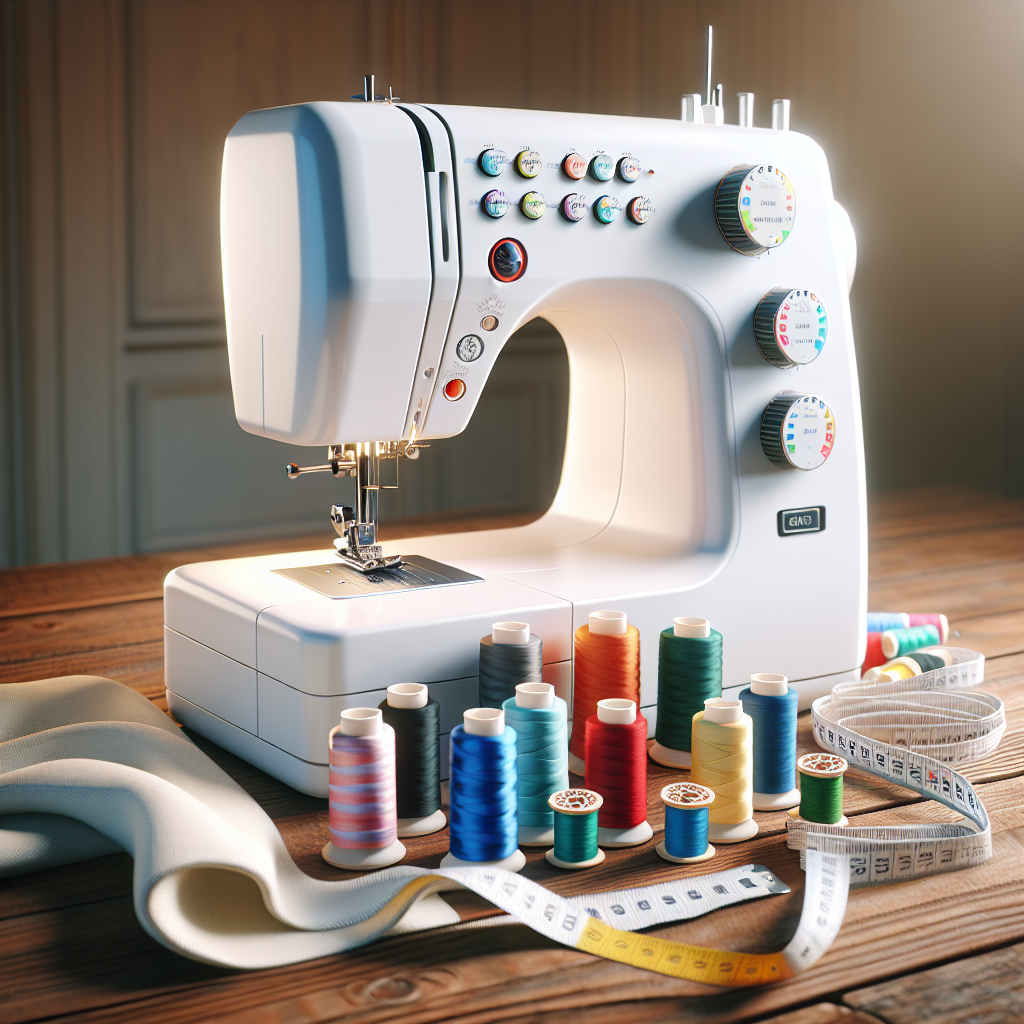
As we wrap up our exploration of quick sewing machine tips, it’s important to remember that practice is key to mastering your sewing skills. Whether you’re a beginner or an experienced sewist, the journey of sewing is one filled with learning and creativity. Embrace the challenges and celebrate your achievements, no matter how small.
Implementing the tips we’ve discussed will undoubtedly enhance your sewing experience. From understanding your machine’s parts to maintaining it for optimal performance, each step brings you closer to becoming a proficient sewist. Don’t forget to set aside time for practice; the more you sew, the more confident and skilled you will become.
So, gather your fabrics, thread your machine, and let your creativity flow! Remember that every stitch brings you one step closer to your sewing goals. Don’t hesitate to explore new techniques and projects, as they will only add to your knowledge and enjoyment.
For more sewing tips, resources, and community support, visit our website to learn more and get started today! Click here.
